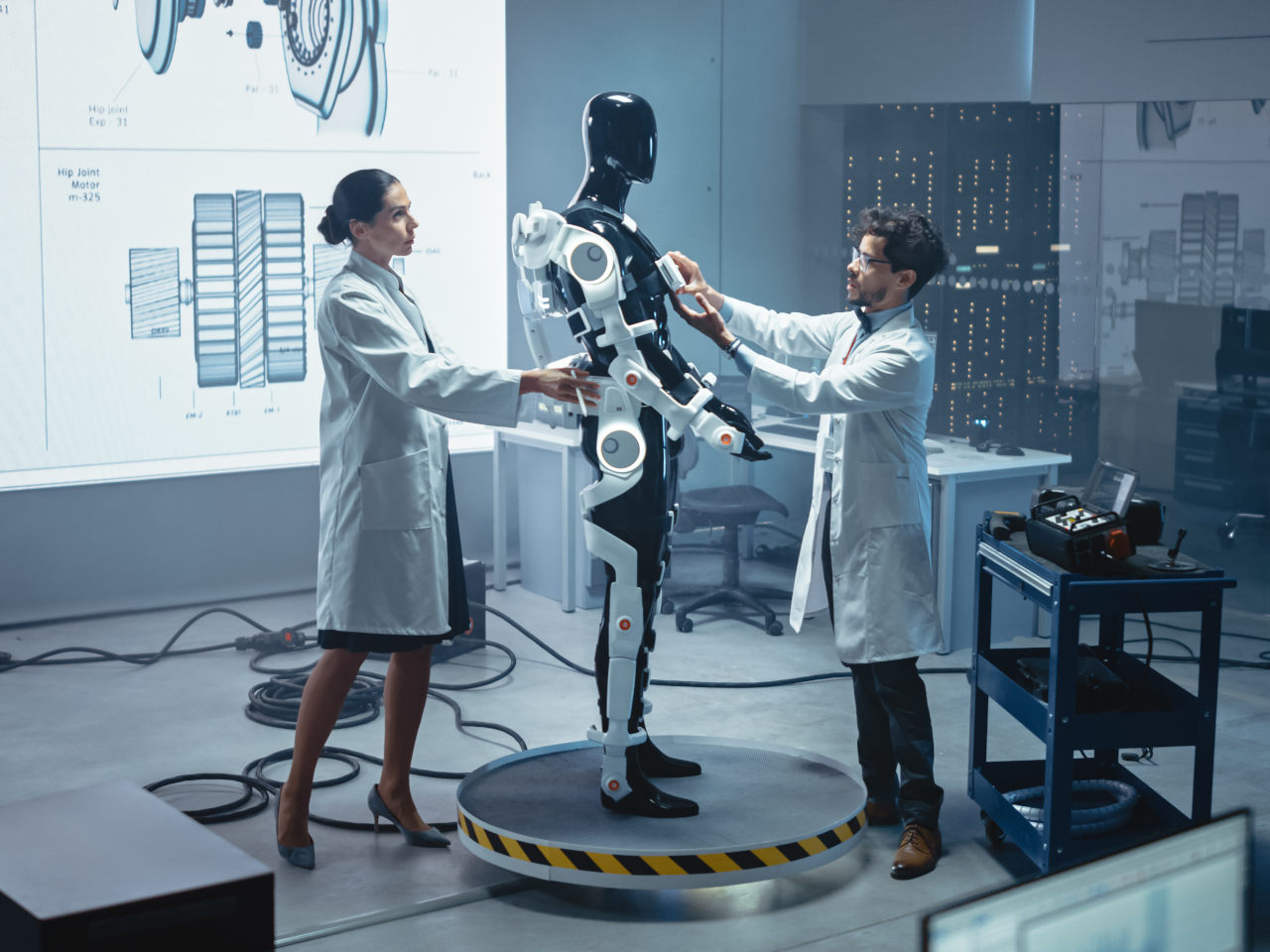Ceramics for In-Body Devices
Bioceramics are used in biomedical applications, ranging from medical implants to biomedical pumps. Ceramic materials have been utilized for centuries, but now they are more of a modern development in medical processes and applications. For decades, they have been increasingly used for implant devices.
Bioceramics are mainly used for bone, teeth, knee joints, shoulders, phalangeal joints, and spinal implants. They are an exceptional material for use in medical implants because of their wear resistance and a long lifetime combined with biocompatibility.
Applications of nanotechnology in several areas of biomedical fields have provided a lot of opportunities and possibilities for the future of nanomedicine. Bioceramics include materials such as Zirconia Ceramics, Alumina Ceramics, and Ceramic Polymer Composites. Zirconia is now a preferable material to be used in bioceramics as it has properties that have an excellent combination of strength and toughness together with bio-inert properties and low wear rates.
When using bioceramics for dental applications, the aesthetic appearance must also be considered as it is a visible part of the body. The color of the ceramic can be subtly changed to match the color of the teeth surrounding the implant so that a natural finish is achieved.
The continuing development of using bioceramics in medical applications is changing lives and improving medical outcomes with applications having a longer expected lifespan. Therefore it is likely that the use of bioceramics in medical applications will continue to increase and develop producing high quality components to support the increasing demands of growing life expectancy.
Some common applications include:
- Lithotripsy
- Surgery and ablation
- Pumping/liquid transfer
- Blood apheresis
- Biocompatible seals and valves
- Pressure sensors
- Dental screws and bridges
- Femoral head implants for hip replacement
- Hand tools
- Valves Filler

